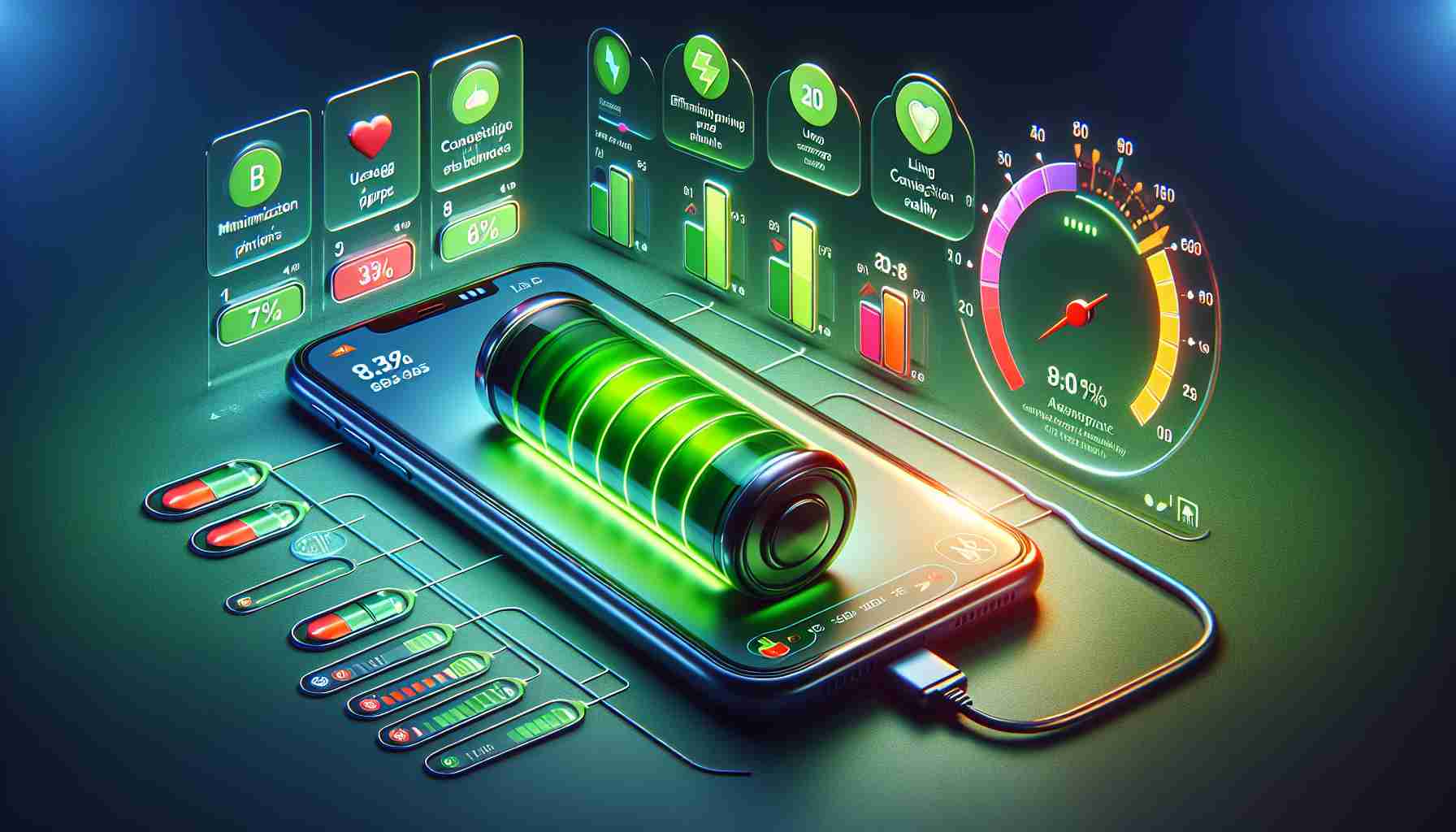Smartphone Charging Habits Matter for Battery Longevity
In the digital age, smartphone users often overlook the importance of proper charging habits. A common misconception is that it’s harmless to charge the battery to full capacity every time. Contrarily, this practice can be detrimental to the battery’s health and longevity.
Charging Your Phone Multiple Times a Day
It is advisable to keep the smartphone’s battery charge above 20% to prevent the rapid wear of its battery life. Therefore, users can charge their devices more than once a day without causing damage. This approach helps maintain optimal battery health over time.
Partial Charging Throughout the Day
The strategy of partial, incremental charging throughout the day is deemed ideal for preserving the battery’s function. Aim to maintain the battery charge between 30% and 80% to ensure a healthier battery lifespan.
When to Recharge Your Device
It is preferable to recharge your phone before the battery falls to 20-30%. However, if this is not feasible, you should charge the device when convenient.
Avoid Overnight Charging
One of the most prevalent mistakes by phone users is leaving their phone charging overnight. Since batteries can typically reach full charge within a few hours, the remaining hours spent plugged in can stress the battery unnecessarily. This negatively impacts the gadget’s lifespan and overall battery health.
Understanding Lithium-Ion Batteries
Lithium-ion batteries power the majority of smartphones. These batteries have a finite number of charge cycles, which is usually around 300 to 500 full charge cycles before they start to degrade. A charge cycle is defined as the process of charging a battery from 0% to 100% and back to 0% again. However, partial charges count fractionally against this number, thereby extending the overall lifespan of the battery.
Temperature Impacts Battery Health
Heat is a significant enemy of battery health. Smartphones operating or being charged in high-temperature environments will experience accelerated battery degradation. Consequently, it’s advisable to avoid exposing your phone to extreme temperatures, particularly while charging.
Using Appropriate Charging Equipment
Always using the correct charger for your smartphone, preferably the one provided by the manufacturer, is important for optimal battery health. Third-party chargers can deliver incorrect voltage or current, potentially damaging the battery and the phone’s hardware.
Charge Cycles and Battery Capacity
As batteries age, their maximum capacity diminishes. This means that they hold less charge and sustain a device for shorter periods. Calibrating the battery by running it down to 0% and then charging it to 100% can occasionally help recalibrate the battery’s charge management system.
Benefits and Drawbacks of Optimizing Battery Health
Advantages:
– Extends the lifespan of the smartphone’s battery.
– Ensures better overall performance and reliability over the long term.
– Reduces the need for frequent and costly battery replacements.
Disadvantages:
– May require more frequent charging throughout the day, which can be inconvenient.
– Can limit the use of certain features or apps to conserve battery life.
– Users must be more conscious of their phone use and charging practices.
Key Challenges and Controversies
– Balancing battery health with usage habits: Users want the convenience of using their devices extensively without worrying about battery health.
– Myths about battery charging: There is still a lot of misinformation about what is good or bad for smartphone batteries.
– Environmental concerns: Battery waste is an environmental concern, and increasing battery longevity can help address this issue.
Considering these points, users who optimize their smartphone battery health can expect their devices to have a longer functional life, which is both cost-effective and environmentally sustainable.
For reliable information regarding smartphone usage and maintenance, trusted resources would include electronics manufacturers’ official websites or technology news outlets. However, it’s crucial to ensure that the URLs provided are correct. Typically, URLs might look like Apple or Samsung, if you’re referencing such devices.
